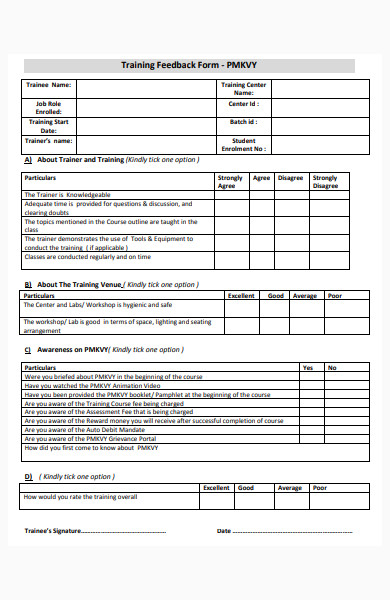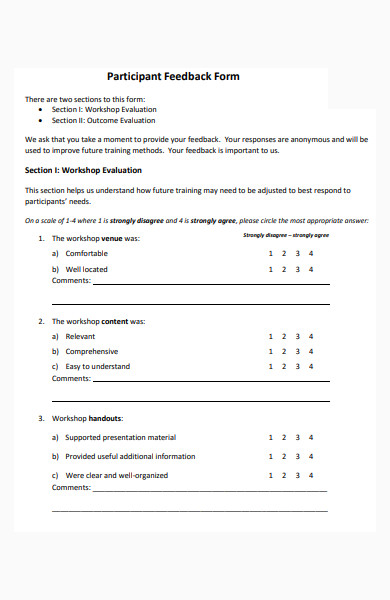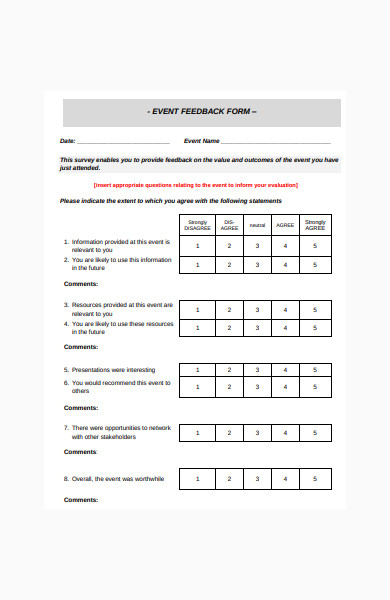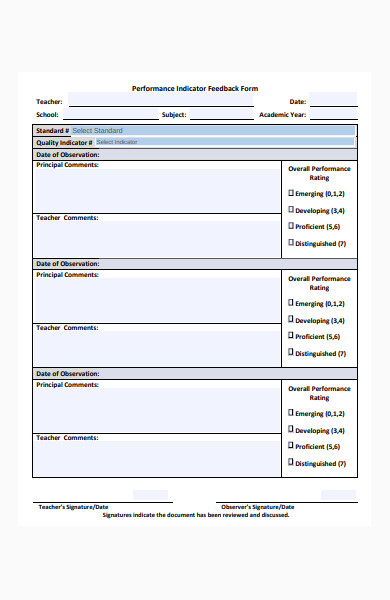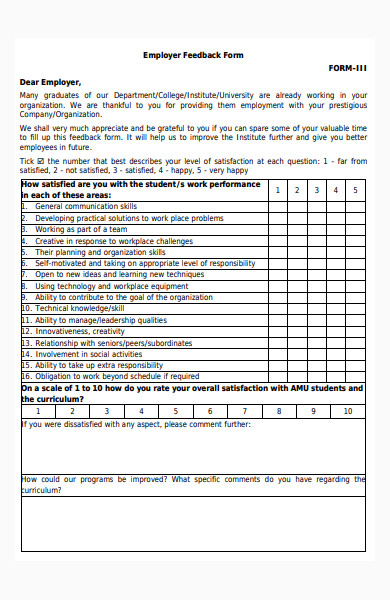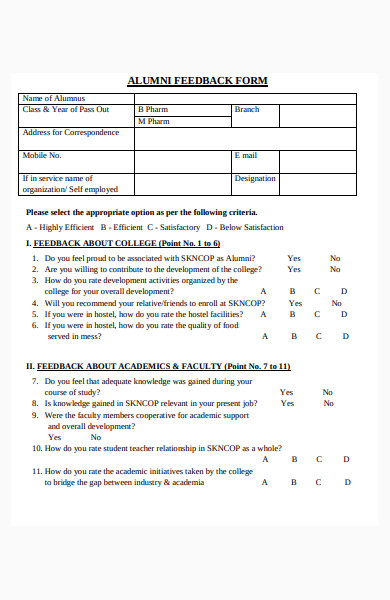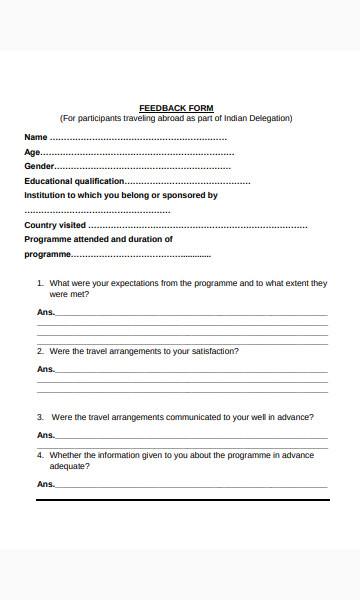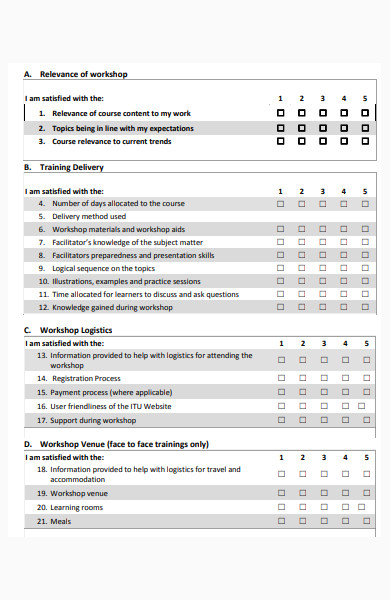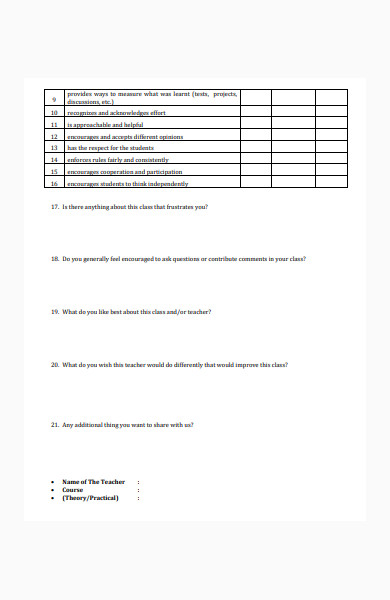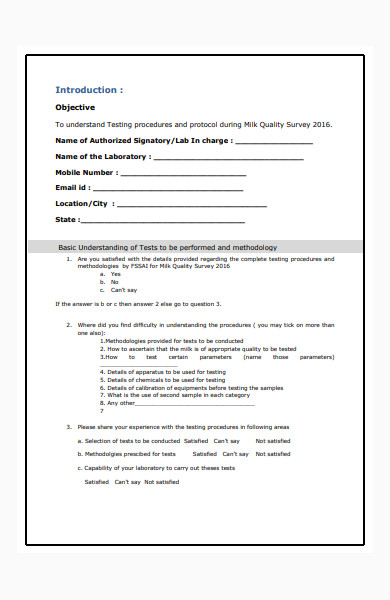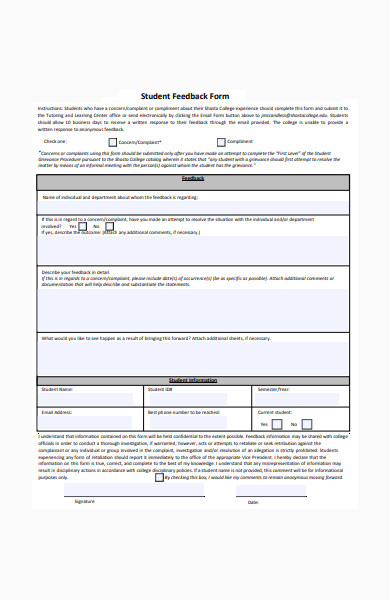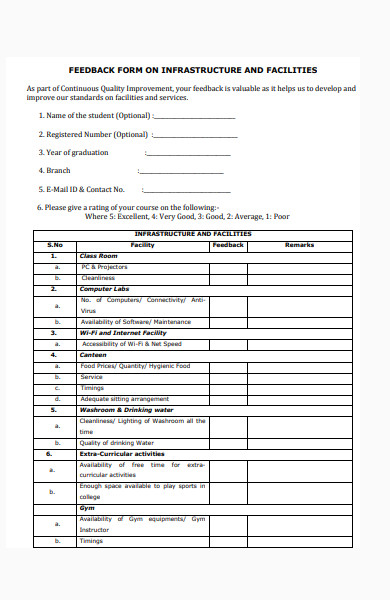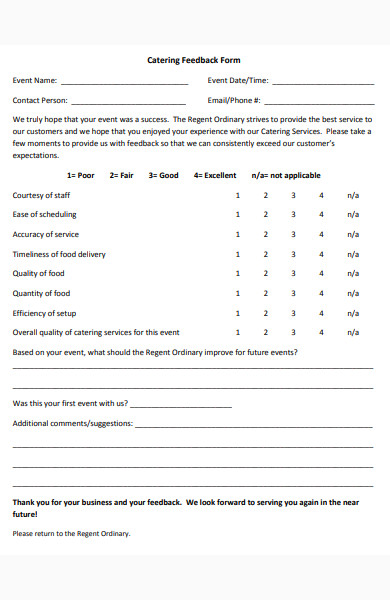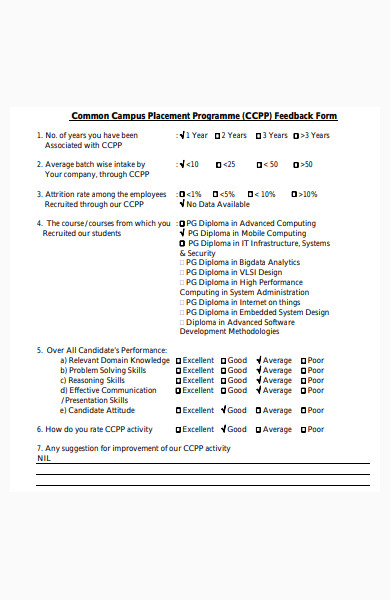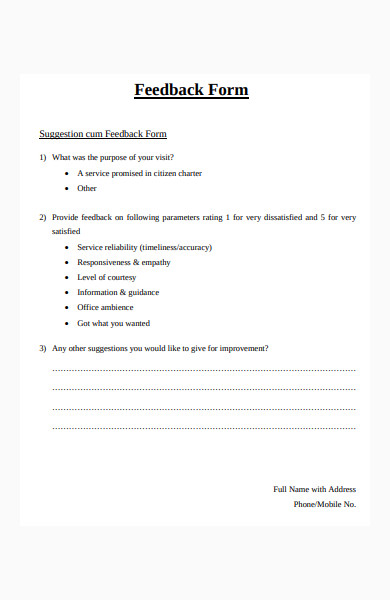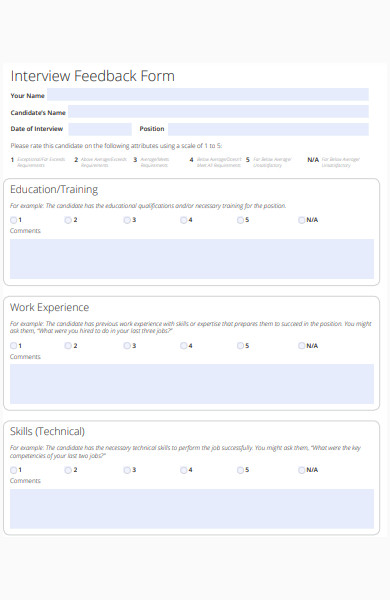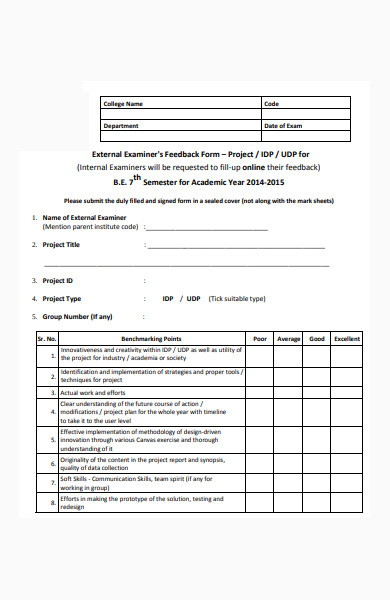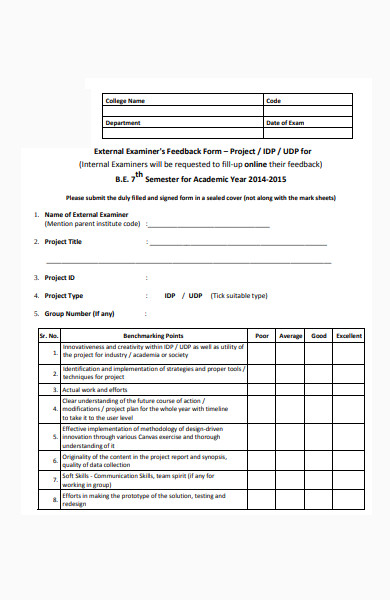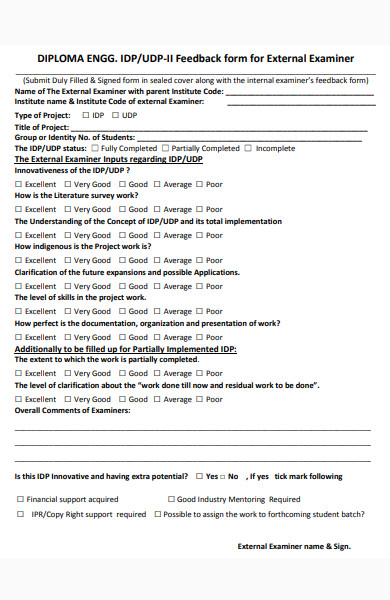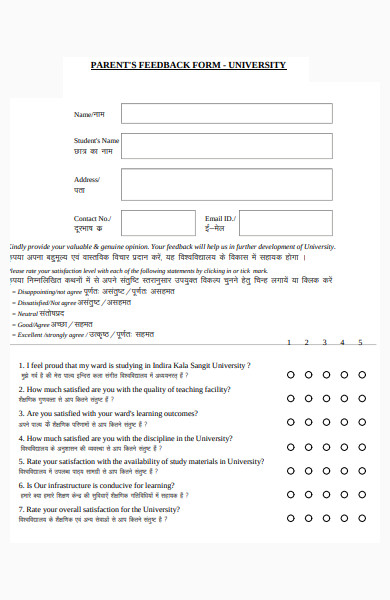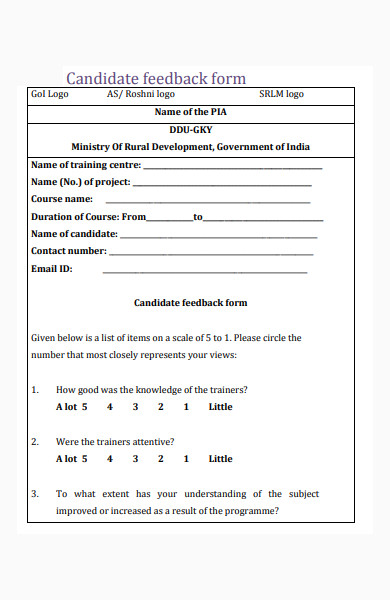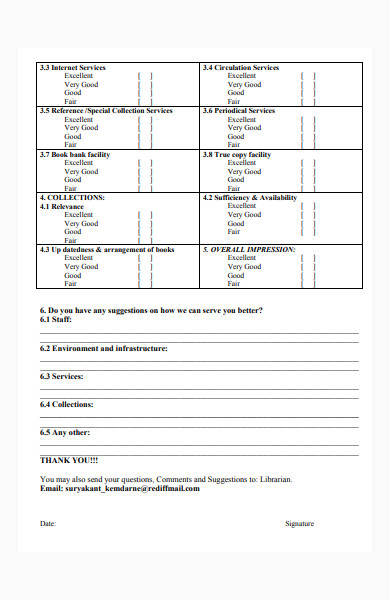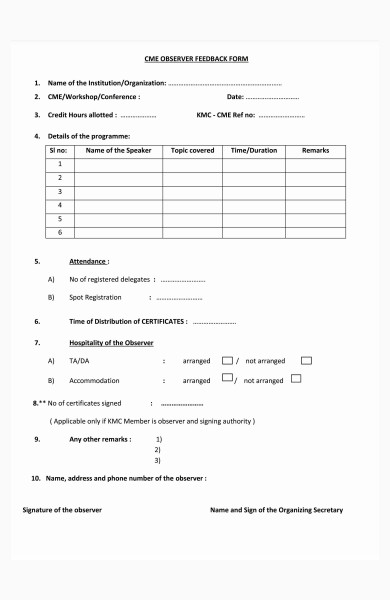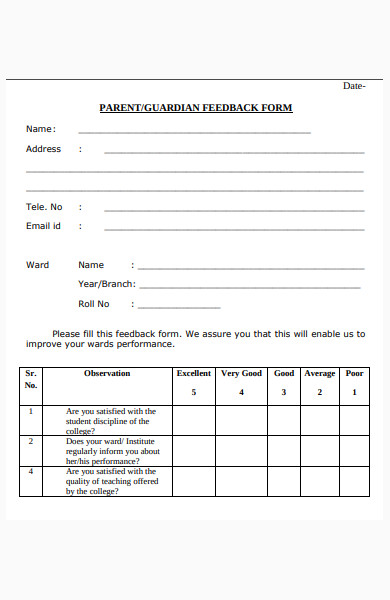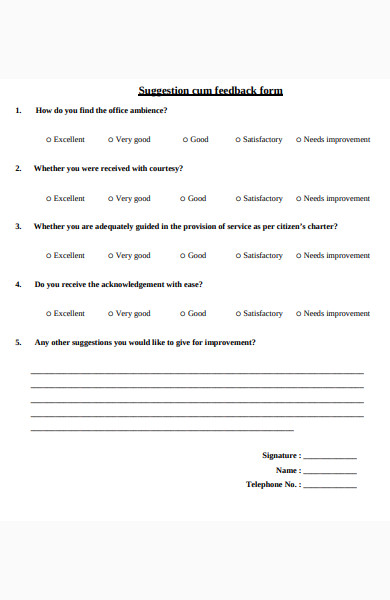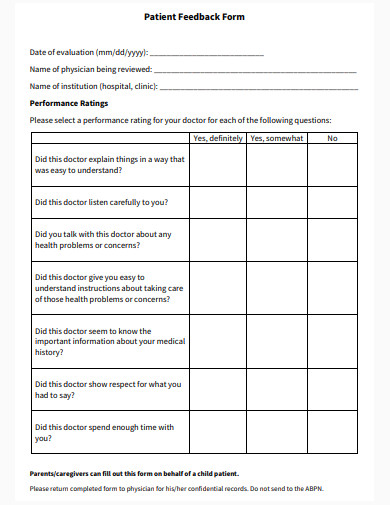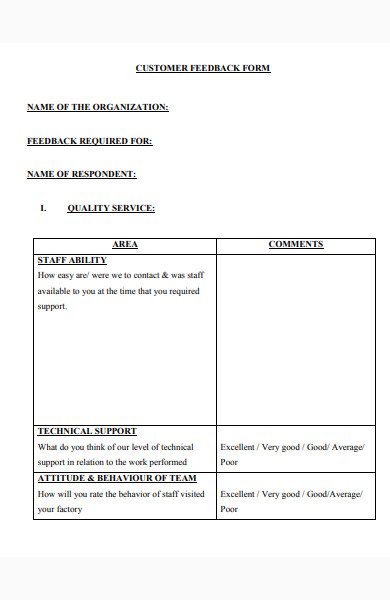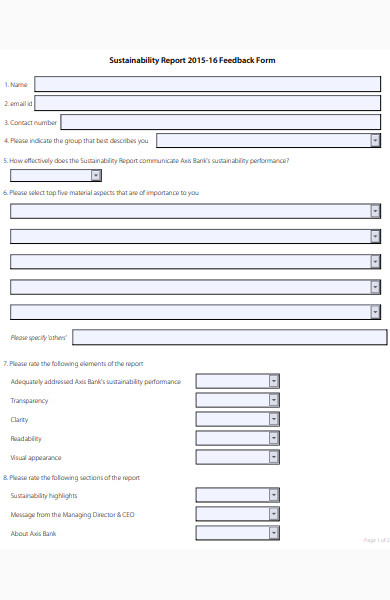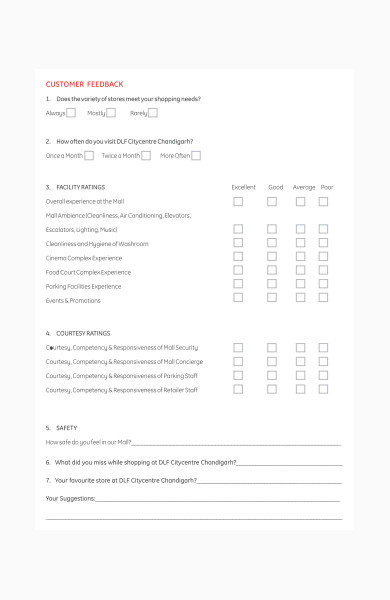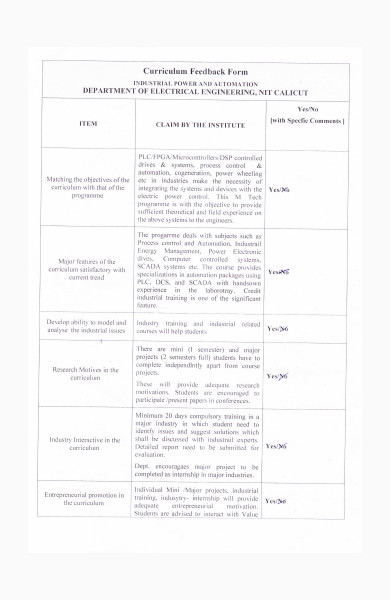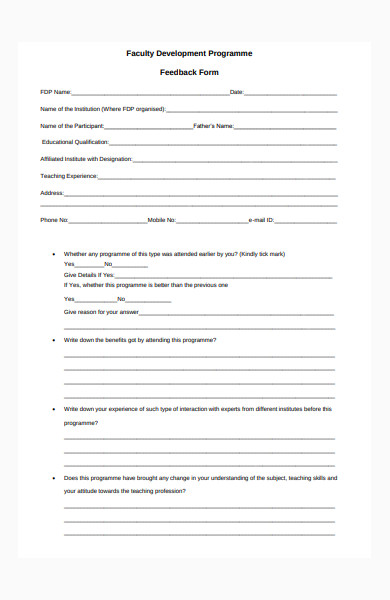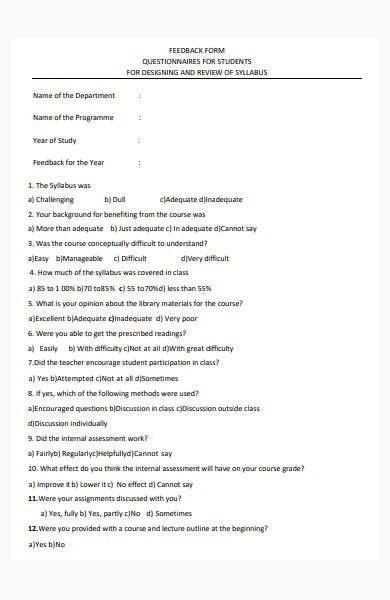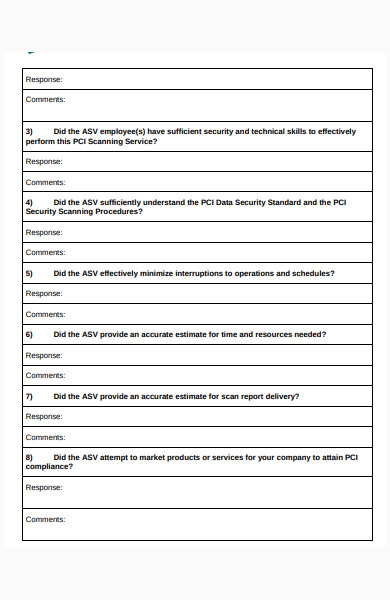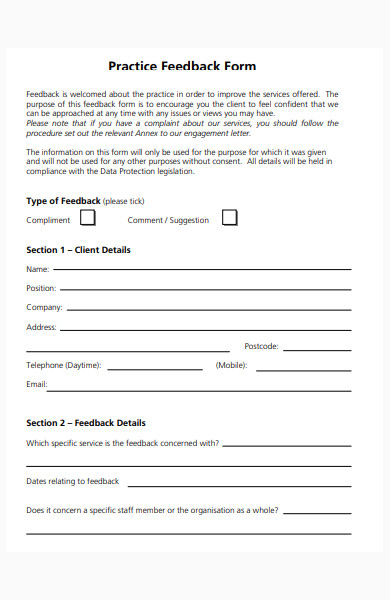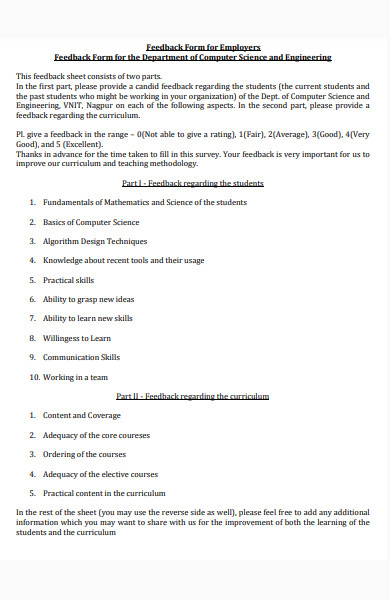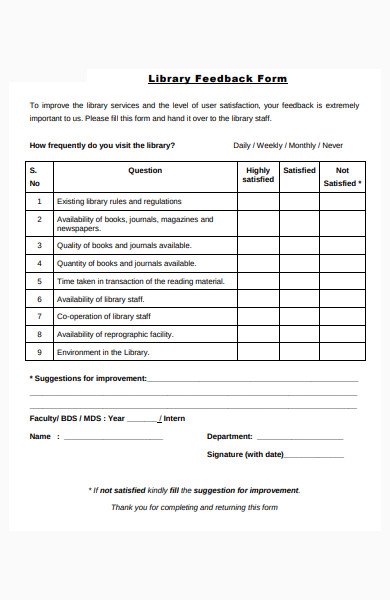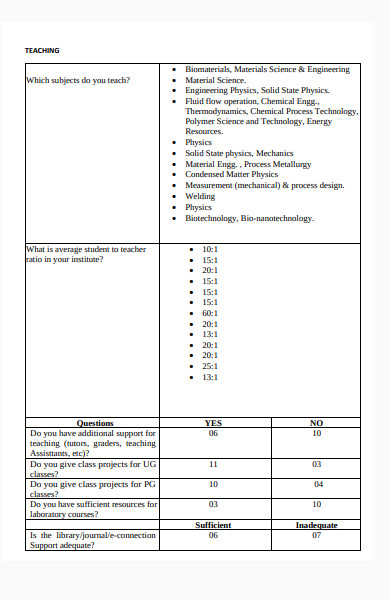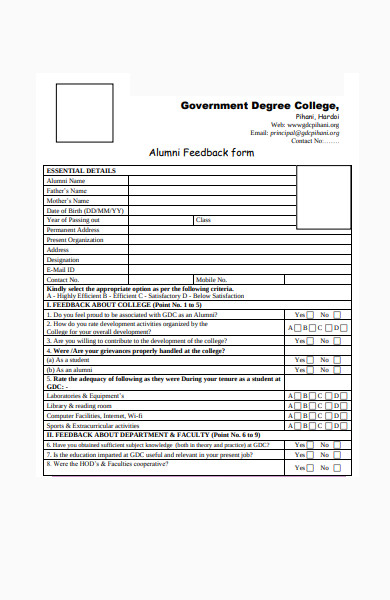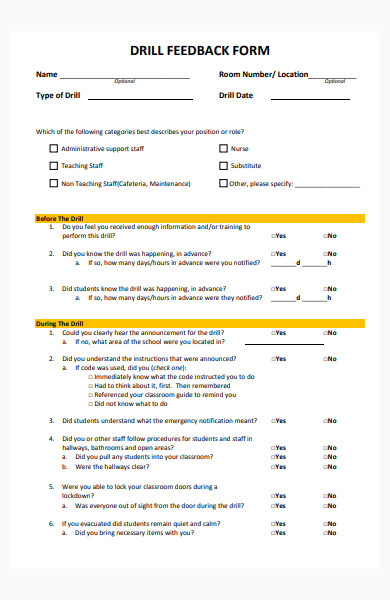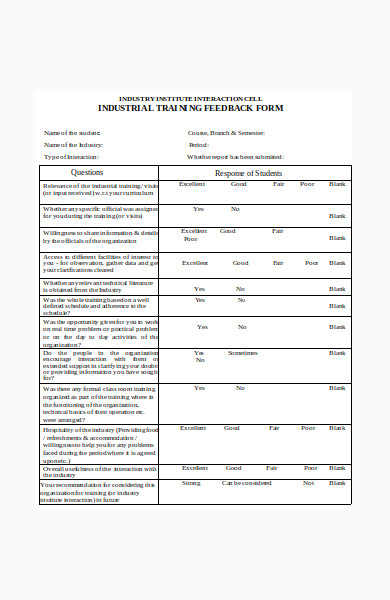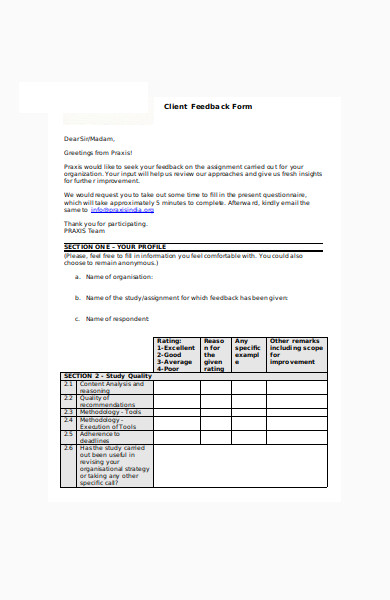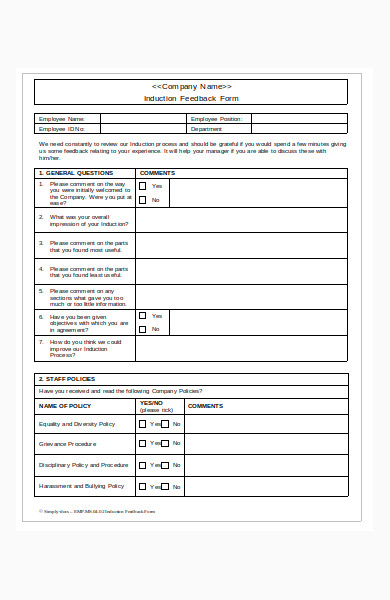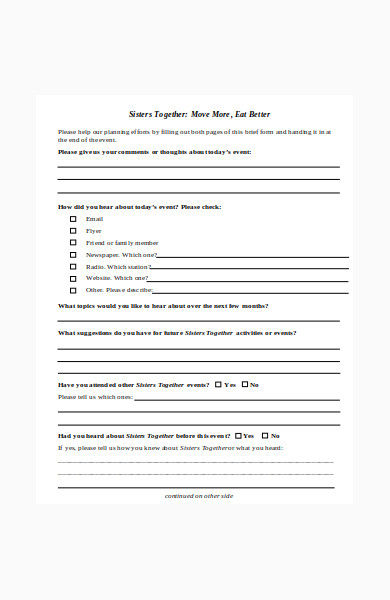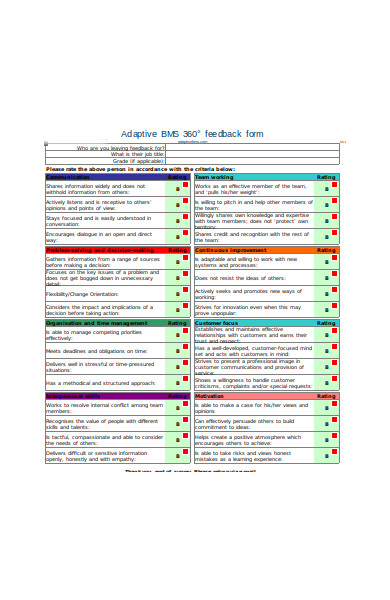The right to speak out one’s opinions or give different feedback is a blessing that nobody should obstruct from an individual. Individuals should have the agency for movement and utterance in platforms as demanded by free speech. Various points in history focus on the censorship of an individual’s right to speak. India’s caste system is one of the worst-case scenarios for the barring of free thought.
The higher-caste system citizens deprived the lower-caste citizens of the right to speak. In 2018, the New York Times released an article where higher caste members scalped a man who spoke out of the system. Freedom of utterance is a powerful thing, and once realized, free thought could topple any oppressive establishment or company. However, companies and governing bodies should not be practicing closed doors when communication demands it. In this article, we would discuss the need for the practice of getting and receiving feedback to further an organization’s or individual’s success.
As there are various types of feedback, we can also say the same thing for feedback forms. Feedback forms come in multiple presentations, depending on the company that utilizes them. However, all feedback forms have a similar goal, which is to gain an employee’s and customer’s personal information and opinion. A feedback form is not called a feedback form if it can’t obtain any reviews from customers and workers. Here are fifty samples of feedback forms that we procured from the Internet. Use these samples as your reference when you create your very own feedback form for your company. Dissect and examine each of the examples below. Some examples listed below are feedback forms that the company uses to evaluate the performance of an employee, but that is not the focus of this article.
FREE 51+ Feedback Forms in PDF | MS Word | Excel
1. Course Feedback Form Sample
2. Training Feedback Form
3. Participant Feedback Form
4. Event Feedback Form in PDF
5. Performance Indicator Feedback Form
6. Employer Feedback Form
7. Student Feedback Form
8. Alumni Feedback Form in PDF
9. Travel Feedback Form
10. Workshop Feedback Form
11. University Student Feedback Form
12. Laboratory Feedback Form
13. Customer Feedback Form
14. Student Feedback Form in PDF
15. Parental Feedback Form
16. College Facilities Feedback Form
17. Catering Feedback Form
18. Campus Placement Programme Feedback Form
19. Simple Feedback Form in PDF
20. Interview Feedback Form
21. External Examiner’s Feedback Form
22. Customer Feedback Form in PDF
23. Feedback Form for External Examiner
24. Parents Feedback Form for University
25. Candidate Feedback Form
26. Central Library Feedback Form
27. Observe Feedback Form
28. Guardian Feedback Form in PDF
29. Suggestion cum Feedback Form
30. Customer Service Feedback Form Sample
31. Patient Feedback Form Sample
32. Basic Customer Feedback Form
33. Simple Student Feedback Form
34. Feedback Form Report Sample
35. General Customer Feedback Form
36. Curriculum Feedback Form
37. Faculty Feedback Form
38. Sample Feedback Form in PDF
39. Formal Feedback Form
40. Practice Feedback Form
41. Feedback Form for Employers
42. Library Feedback Form
43. Simple Faculty Feedback Form
44. College Alumni Feedback Form
45. General Student Feedback Form
46. Drill Feedback Form
47. Industrial Training Feedback Form
48. Clint Feedback Form in MS Word
49. Induction Feedback Form in MS Word
50. Sample Participant Feedback Form
51. Degree Feedback Form
52. Basic Feedback Form
What Is a Feedback Form?
Feedback encompasses a wide variety of free thought-based information—opinions, reviews, and complaints. Feedback forms function in two manners—to destroy a company’s status or to help improve the current methods. However, most of the time, feedback forms serve to determine the issues and practices posed by a company’s management. In this sense, feedback is necessary for a company to grow or to expand. Without feedback, a company will not learn if its present strategies and methods are working or not. The customers or the employees also benefit from giving feedback since it helps them raise any concerns with product and service issues that they encounter. If customers and employees provide feedback, there is a big possibility that the company will listen and assess the problem.
Varied Presentations of Feedback
Feedback comes in many forms, and with this in mind, feedback forms contain questions that cater to these different types. Encountering feedback does not necessarily have to receive a negative image since it is essential data for the growth of the company. An employee’s or customer’s feedback may connote feelings of gratitude or disgust. Some input may appear formal or informal in the presentation. There are other ways for workers and customers to formulate their ideas and experiences. Here are a few types of data that companies commonly encounter when using sample feedback forms.
-
Constructive Feedback
There is nothing better than receiving a well-constructed sample review about your services and products. This type of feedback is the best kind that a company may hope to gain from their customers and their workers. This type of feedback is precise in giving details, using the experienced data to elaborate on the strengths and weaknesses of a company’s service or product. This type of feedback aims to further flesh out the potential of a product or service. It serves no biases and does not hold a grudging or joyful tone. This type is the most professional out of the other kinds we presented in this article.
-
Informal Feedback
The core of this type of feedback is impulse writing. Some workers’ or buyers’ feedback shows a non-Aristotlean manner in its content structure. There is no beginning, middle, or end, but only a bunch of ideas fused. Informal feedback needs not to have a connection between the ideas in writing. Impulse starts the writing phase, and then customers write down all of what they felt or imagined from the company’s service or product. The language is not a big issue, and customers may use simple English. Bursts of opinions and statements stitched with no connection whatsoever accompanied by everyday language are what comprise informal feedback.
-
Formal Feedback
Formal feedback is different from the previous type—informal feedback—because it contains structure. Informal feedback knows no order, for it depends on the rush of the firsthand emotions of a customer or an employer. Formal feedback deals more with planning sentence construction since this type of sample feedback uses not a simple language and grammar. However, in terms of content, formal and informal feedback are similar in the sense that both lack reflection. Just because the language and sentence structure are not that simple does not mean that it is introspective. This type of feedback merely presents the ideas with an organized style and a royal’s speech, but the content is far from emulating the structure and content of constructive feedback.
-
Negative Feedback
Negative feedback is the worst kind among the types that we presented. Negative feedback can either be informal or formal in structure as long as the message of the input negatively portrays the company. Negative feedback stems from customers, and also employees, experiencing bad service or receiving defective products. Customers or employees use anger as the driving force for writing negative feedback, so companies must expect harsh tones and words in the content. However, companies may use negative feedback to their advantage since feedback resulting from anger appears more detailed and informational. Companies may use a negative performance review to better their assets and make a full come back. Still, companies must be careful with negative feedback since some anger-triggered ideas may not relate to one another.
Fostering Feedback Culture
Feedback forms usually connote companies assessing their employees’ performances. No one dared to think that feedback forms also evaluate the methods the company used. Business owners must receive feedback to determine if their current strategies in handling people works or not. The manner of how a company handles input from its customers and employees gives us an image of the owner’s character. Feedback is crucial for a company’s success, so business owners must find a means to help it thrive in the business world. Fostering feedback culture does not happen in one day; it is a long formation and assimilation process that customers, workers, and owners must persevere in emulating. According to a HuffPost article, there are five reasons why feedback is relevant. However, in this article, we adjusted the focus of the steps from improving employees to assessing business owners and their companies.
1.) Feedback keeps the management striving.
2.) Employees and customers feel like they belong since their issues and concerns undergo assessment.
3.) Feedback fosters personal growth for the employees and the business owners.
4.) Feedback evaluates company problems and aims for innovation.
5.) And lastly, it helps the company prevent stagnancy.
Feedback shapes people, and it assesses companies into better versions of themselves, but when receiving feedback, business owners must focus on improvement. Do away with dwelling solely on guilt and resentment, for these will hinder the capacity for change.
How to Create a Feedback Form
Creating a feedback form may seem easy since you need to place questions. But I implore you, the task is not a piece of cake. Feedback forms function as assessment forms in this situation, so the questions need to be the correct ones. Here are a few tips on how you can piece together an effective feedback form.
1. Know Your Audience
Knowing your audience will help you make questions that can answer the needs and wants of the customer and the concerns of your employees. It helps you better prepare sets of relevant and engaging questions that will help innovate the current methods and practices in the company. Knowing your audience does not mean that you can instantly write something about your target audience, but it still matters. Don’t rely on old methods but experiment on how you further get a gist on your employee’s or customer’s information.
2. Leave More White Space
Visuals play a big part in this area. Minimalism is the sought-after-look that must be evident in feedback forms. This is because, people are weary from dealing with stress daily. The average stress rating in the United States ranges from 4.9 to 5.0 on a 1 to 10 stress scale, according to a survey conducted by the American Psychological Association in 2015. As much as possible, try to emulate a minimalist touch in your feedback form. Leave more room for white spaces.
3. Create the Right Questions
A company may benefit from a feedback form if the intended audience—employees and customers—provide the right sample information. In this sense, business owners must formulate engaging and probing questions. Provide a small portion for Yes-or-No questions, but for the rest, dedicate it for essay type of answers. Create a room for essay-type answers also addresses the previous tip, which is to leave more blank spaces.
4. Not All Questions Must be Compulsory
When you start writing, do remember that not all questions must be compulsory. By not making all the items mandatory, you are giving the audience that freedom to focus on what question to vent out further. Customers and employees may get exhausted from answering all of the sections you prepared in the sample feedback form. Chances are that some of their answers will not be as introspective and reflective anymore. You must make sure that some questions need not require answers.
Terminologies
Feedback – Feedback is an opinion or reaction of a customer or an employee that mostly discusses their experiences with a company’s services, products, or management. Feedback functions as a basis for assessment and evaluation.
Review – A review is a part of the feedback. It is mostly the critique of the features of a product or service. For example, a book review critiques the quality and structure of the story of a novel.
Opinion – An opinion is a view, belief, or judgment that a person creates based on a current event. An opinion needs not state facts since it is more of a personal matter than a scientific one. You may believe that God exists, but you may not explain why since it is your opinion. However, you may also present facts if this is in a political field.
Complaint – A complaint is a statement that conveys offensive remarks about a company’s services or products. Grievances are frustrations that are only given by a customer if he or she feels that the service was half-baked or the product was not of high-quality. Most companies do not take complaints on a positive note. Some see grievances as mere irritating statements, but this expression of frustration, if handled well, may prove to be an asset to companies.
FAQs
1. What are the risks of promoting feedback culture?
Without professionalism, business owners may see feedback as the tainting of a company’s reputation or status. With this in mind, some unprofessional business owners might take drastic measures to cover up the wrong image given by the employees and customers. Business owners must then foster an open mind and receive any feedback from other people since feedback serves to address company issues.
2. How can feedback forms benefit the customers and employees?
Using feedback forms promotes humanism in companies—the ability to listen to concerns. Addressing issues means that the customers’ and the employees’ voices found space in the mind of the business owner. When business owners assess and solve the problems presented to them, the audience may also experience better management and services.
Related Posts
-
Restaurant Feedback Form
-
Parent Feedback Form
-
FREE 11+ Property Feedback Forms in PDF | Ms word
-
FREE 11+ Observational Feedback Forms in PDF | MS Word
-
Nursing Feedback Form
-
Form for 360 Degree Feedback
-
FREE 10+ Feedback Forms Aimed at Doctors | PDF
-
FREE 11+ Demo Feedback Forms in PDF | MS Word
-
FREE 11+ Exam and Test Feedback Forms in PDF | Ms Word
-
FREE 10+ Medical Feedback Forms in PDF
-
Induction Feedback Form
-
Coaching Feedback Form
-
Classroom Observation Form
-
Behavior Observation Form
-
Form for Lecture Feedback


